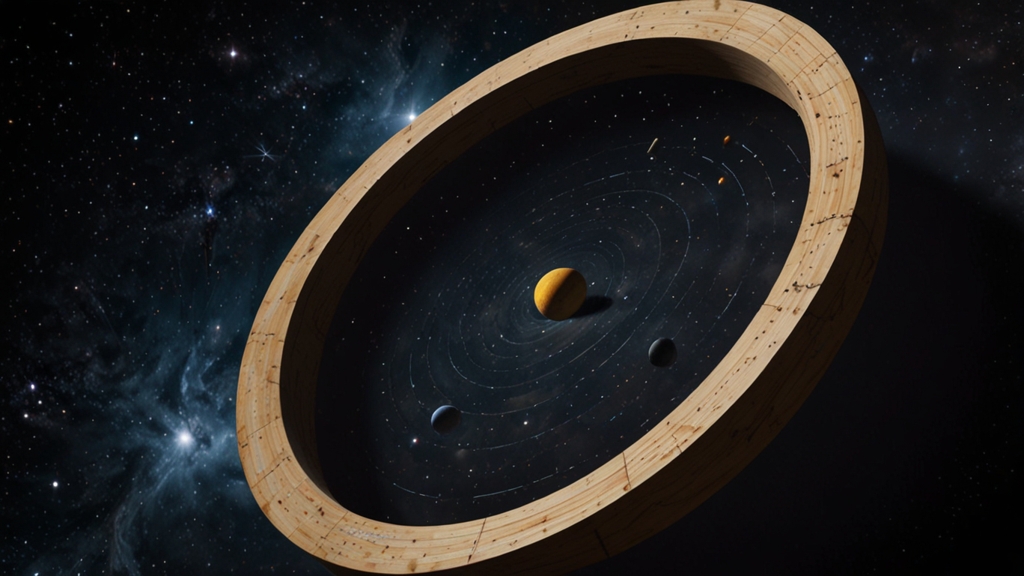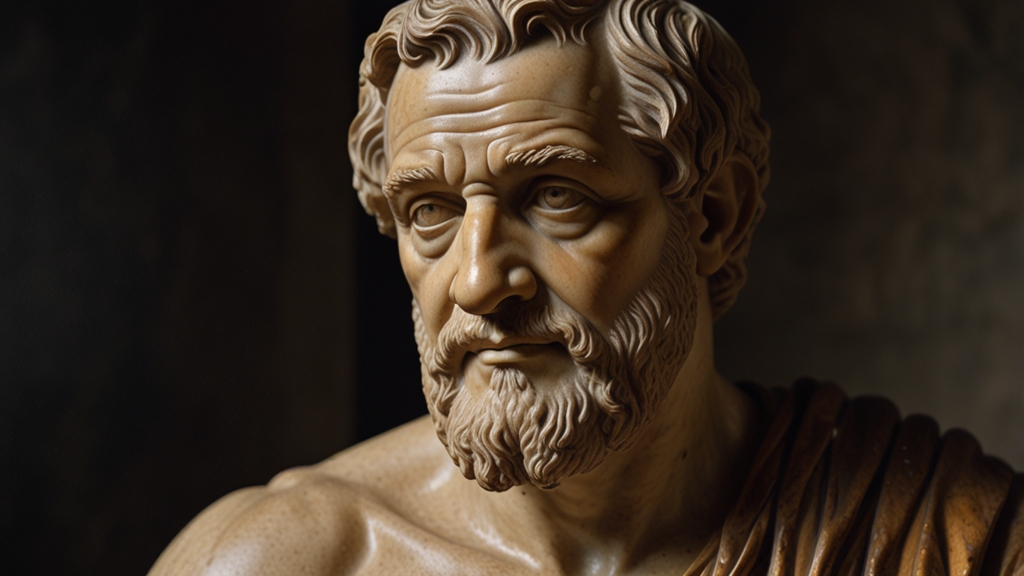Geometry and the Universe: Mathematical Mysteries Await
Ever since ancient civilizations first gazed at the stars, humanity has been captivated by the intricate patterns and structures that make up our universe. From the pyramids of Egypt to the vast expanses of space, a hidden language of geometry seems to underpin the very fabric of reality. Geometry, the branch of mathematics that deals with shapes, sizes, and the properties of space, offers profound insights into both the physical and abstract world. As we delve deeper, we uncover a tapestry of mathematical mysteries that await our discovery.
The Role of Geometry in Nature
Geometry is not just a human invention; it is a fundamental aspect of the natural world. The spirals of galaxies, the symmetry of snowflakes, and the branching of trees all exhibit geometric patterns that are both aesthetically pleasing and mathematically significant.
"The universe cannot be read until we have learned the language and become familiar with the characters in which it is written. It is written in the language of mathematics, and its characters are triangles, circles, and other geometric figures." - Galileo Galilei
Galileo's insight suggests that understanding geometric principles is key to unlocking the mysteries of the universe. From the subatomic scale to the cosmic, geometry provides a framework to explore and understand the world around us.
Einstein's Relativity and the Curvature of Space-Time
One of the most profound contributions to our understanding of the universe comes from Albert Einstein's theory of General Relativity. At its core, this theory posits that the presence of mass and energy "curves" the fabric of space-time, creating what we perceive as gravity. This concept transforms our understanding of space from a mere backdrop to an active participant in the dynamics of the universe.
Einstein's equations describe how mass and energy influence the curvature of space-time, leading to predictions of black holes, gravitational waves, and the expansion of the universe. The geometric nature of space-time has been confirmed through numerous experiments and observations, revealing the elegant interplay between geometry and reality.
Quantum Geometry: The Fabric of Reality
While General Relativity describes the macroscopic world, the realm of quantum mechanics unveils the strange and counterintuitive nature of the microscopic universe. At this scale, particles exhibit both wave-like and particle-like properties, and their positions become probabilistic rather than deterministic.
"If nature leads us to mathematical forms of great simplicity and beauty, by forms I am referring to coherent systems of hypotheses, axioms, etc., to which we can hardly think there can be any other way, then it's a miracle." - Paul Dirac
The quest to unify these two pillars of modern physics has led to the emergence of quantum geometry, a field that seeks to reconcile the seemingly incompatible aspects of quantum mechanics and General Relativity. Researchers are exploring concepts such as string theory and loop quantum gravity, which suggest that spacetime itself may have a discrete, granular structure at the smallest scales.
Geometry in Cosmology: From the Big Bang to the Present
Cosmology, the study of the universe's origins and evolution, relies heavily on geometric concepts. The shape and curvature of the universe provide crucial clues about its fate and ultimate nature. Observations of cosmic microwave background radiation and the distribution of galaxies point to a universe that is remarkably flat, an observation that has profound implications for our understanding of cosmological inflation.
Inflation theory posits that the universe underwent a rapid, exponential expansion in its earliest moments, smoothing out any irregularities and setting the stage for the large-scale structure we observe today. The geometry of this early universe holds the key to understanding the fundamental forces and particles that govern our existence.
The Ongoing Exploration
The study of geometry and its relationship to the universe is far from complete. As technology advances, new instruments and methods allow us to peer deeper into the cosmos and uncover the hidden geometries that govern its behavior. Whether through the discovery of new geometric principles or the development of novel mathematical frameworks, the mysteries of the universe continue to beckon us.
In conclusion, geometry is more than just a branch of mathematics; it is a universal language that reveals the underlying order and beauty of the cosmos. From the tiniest particles to the vast expanses of space, the mathematical mysteries of geometry await our exploration, offering profound insights into the nature of reality itself.











